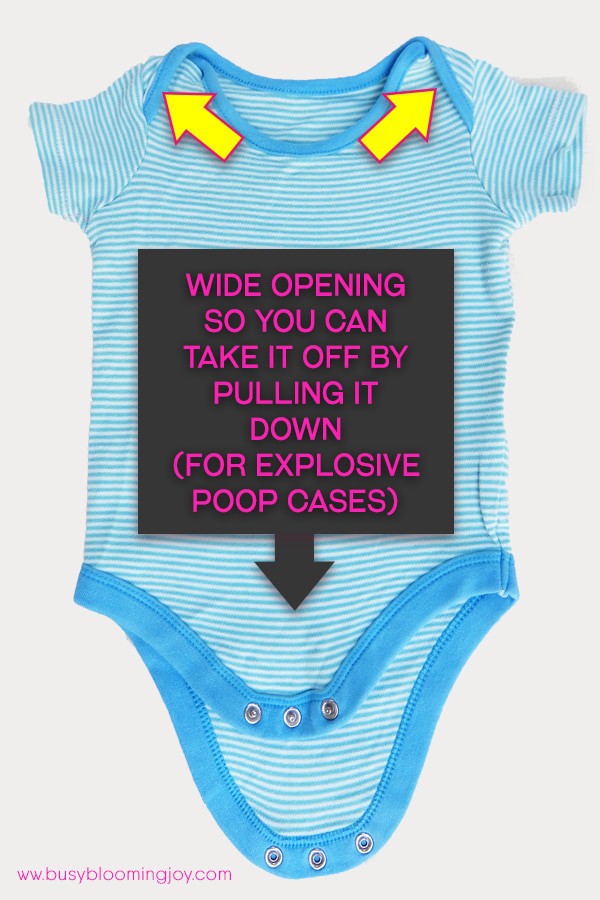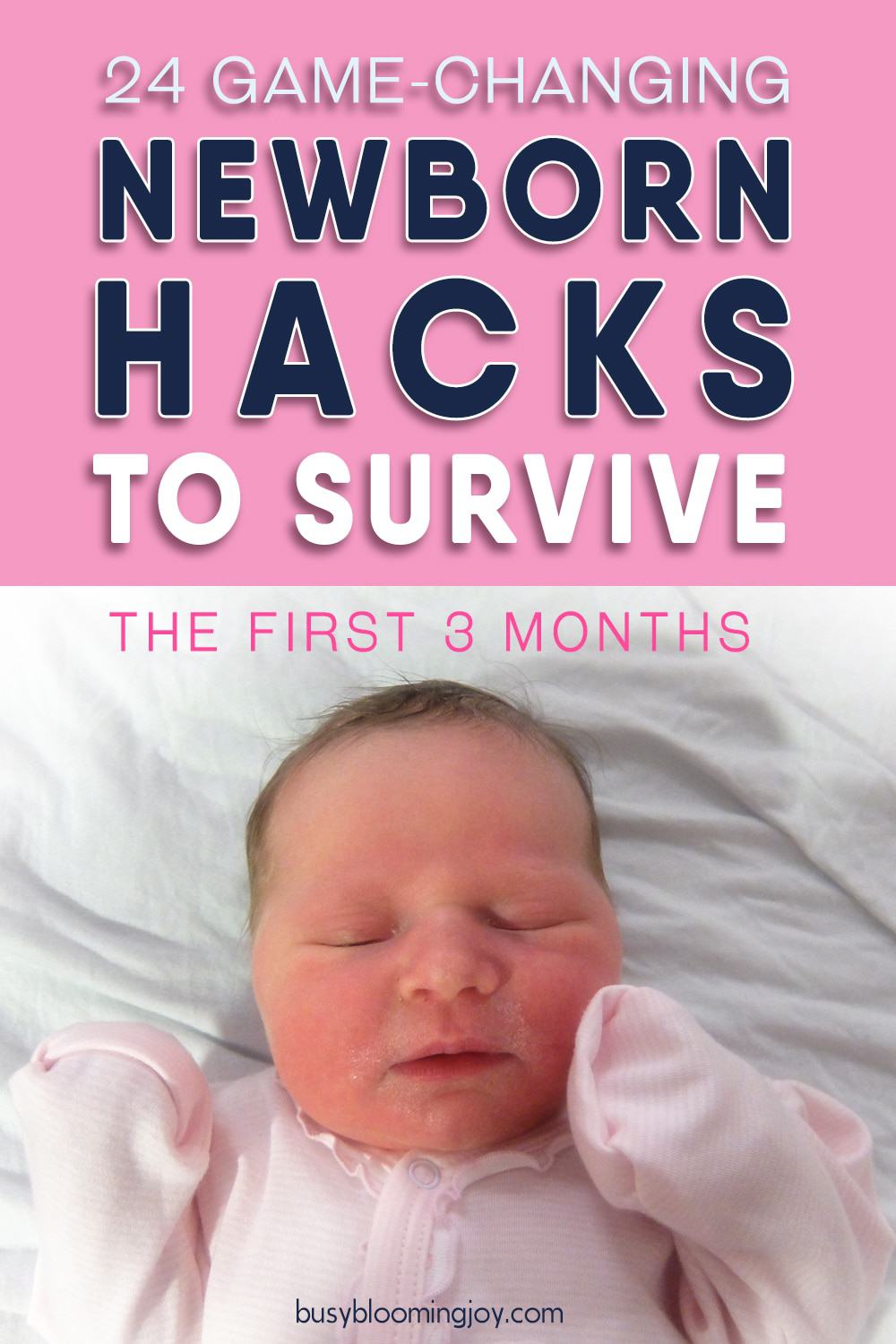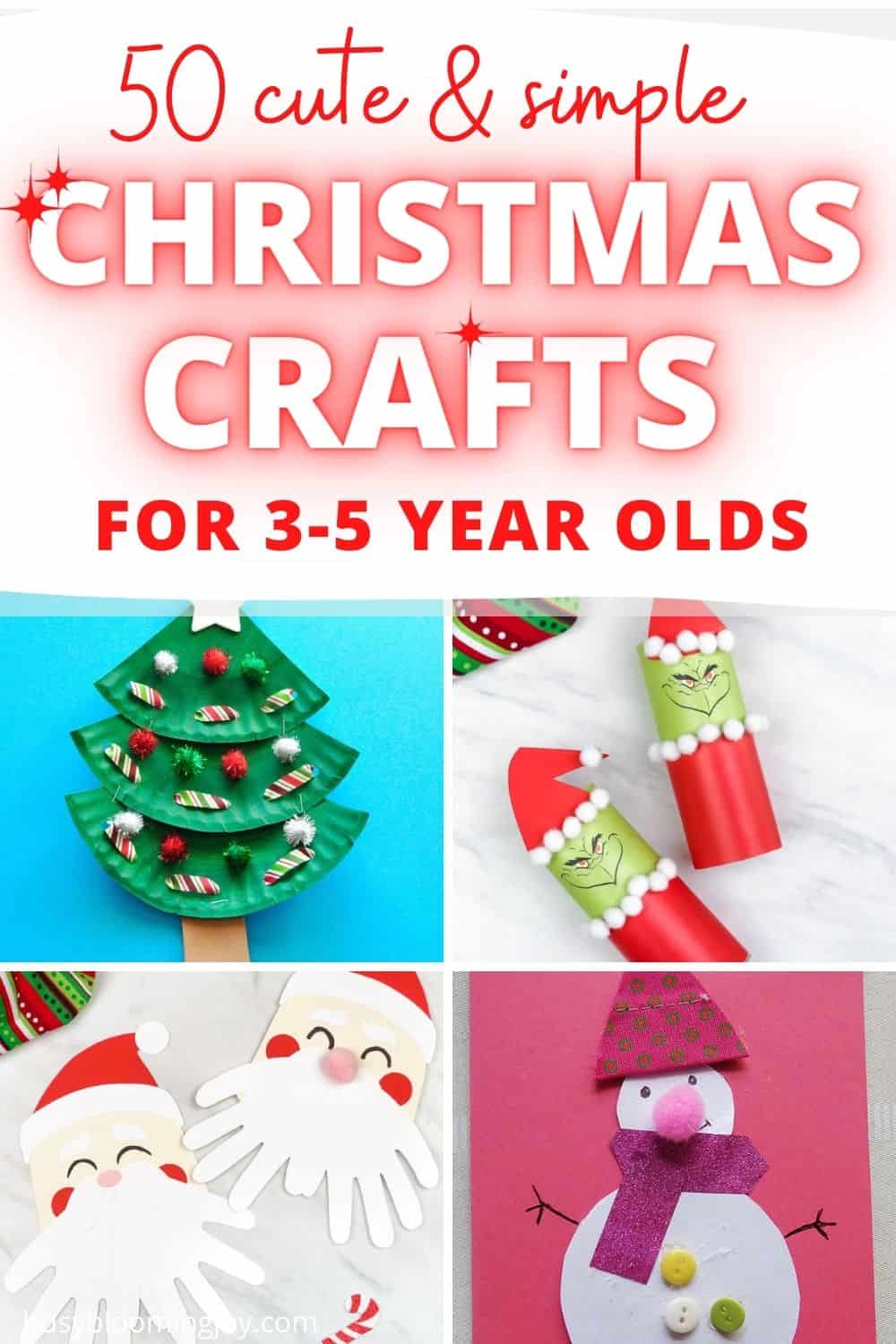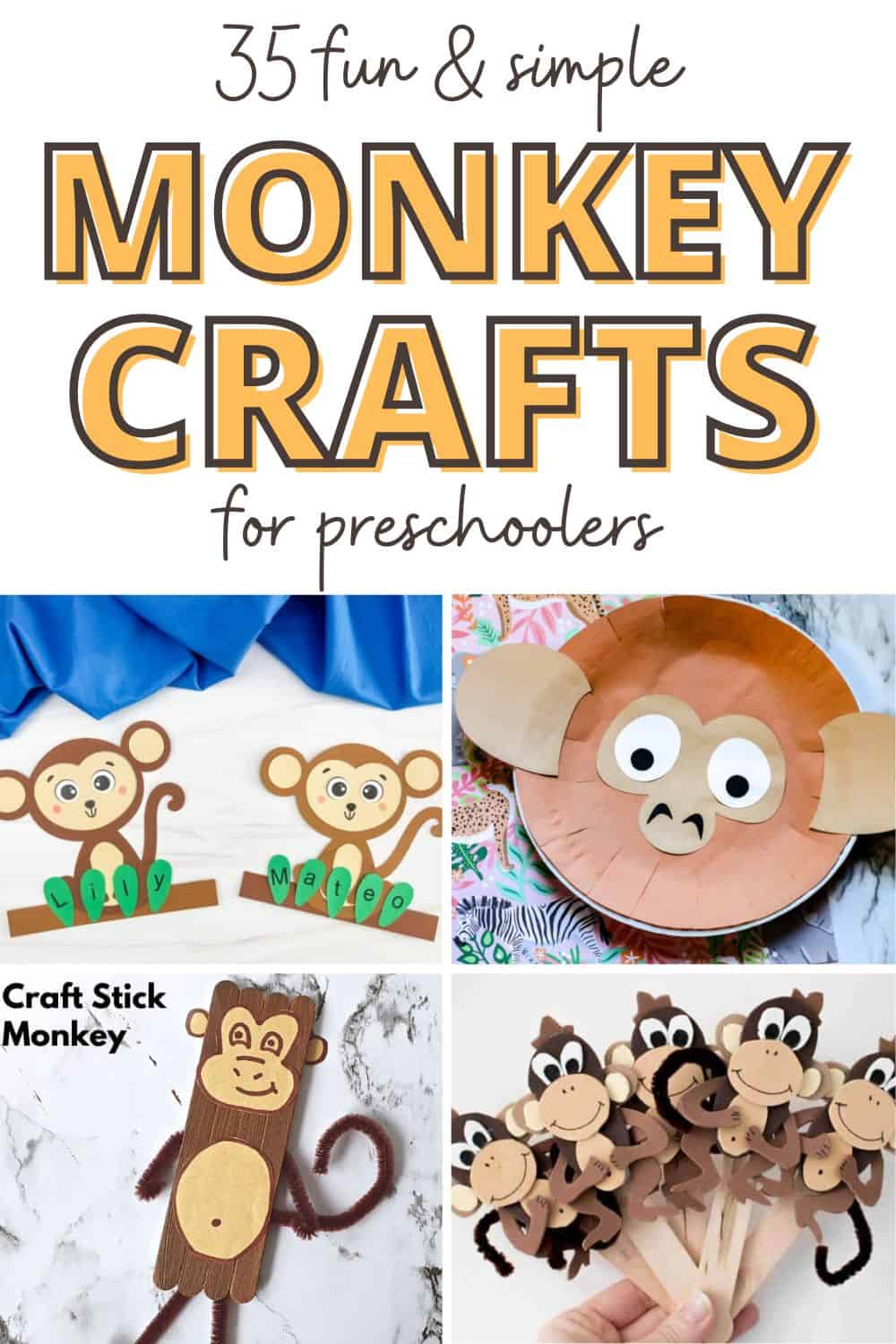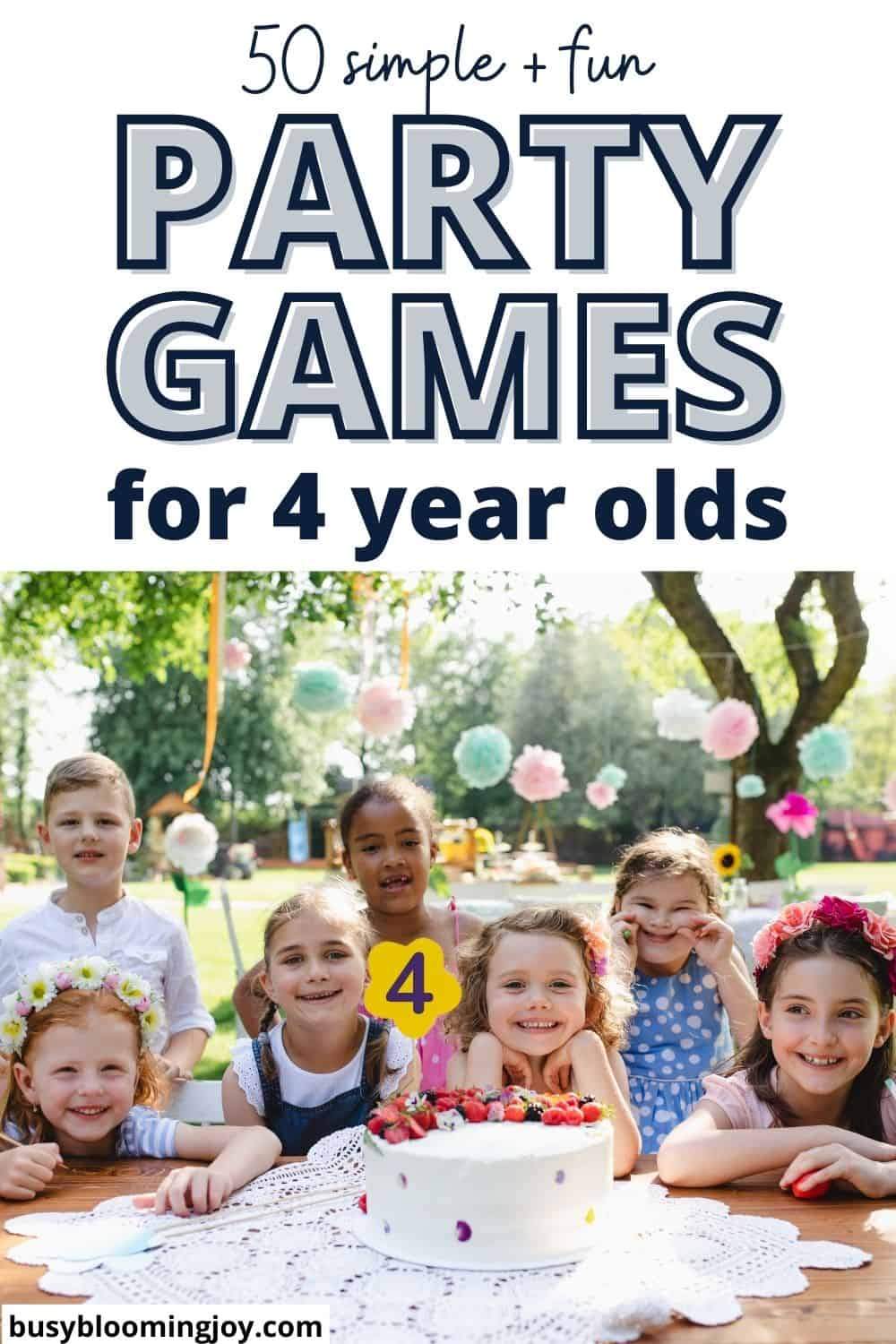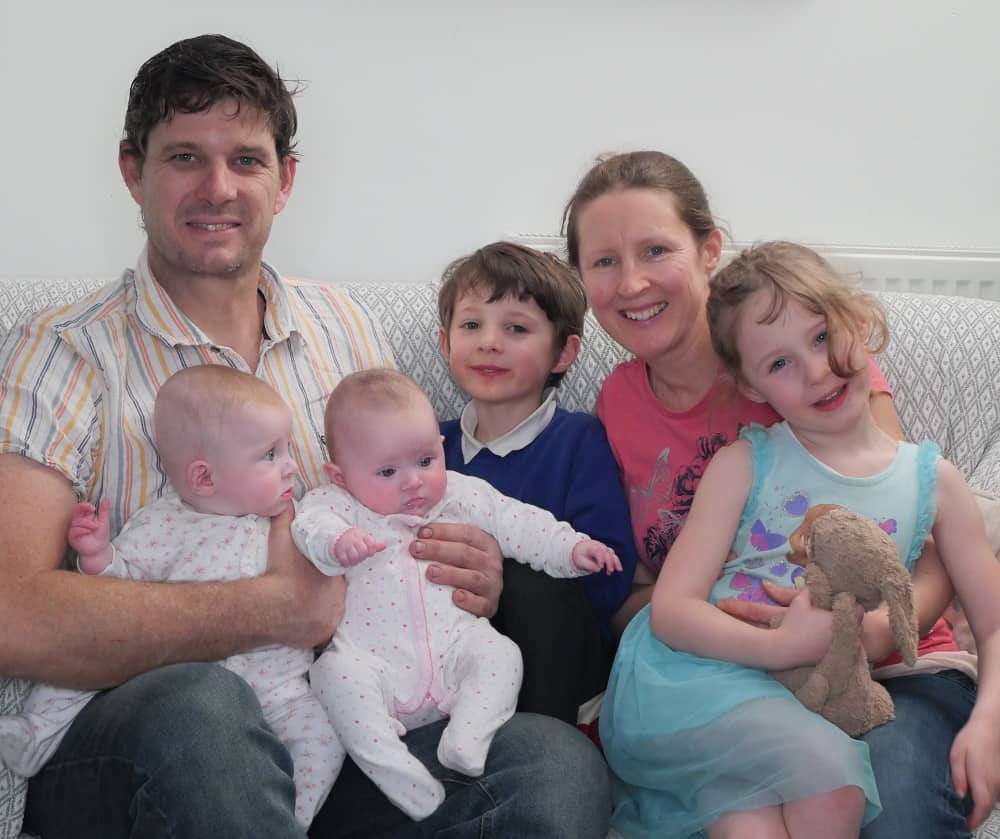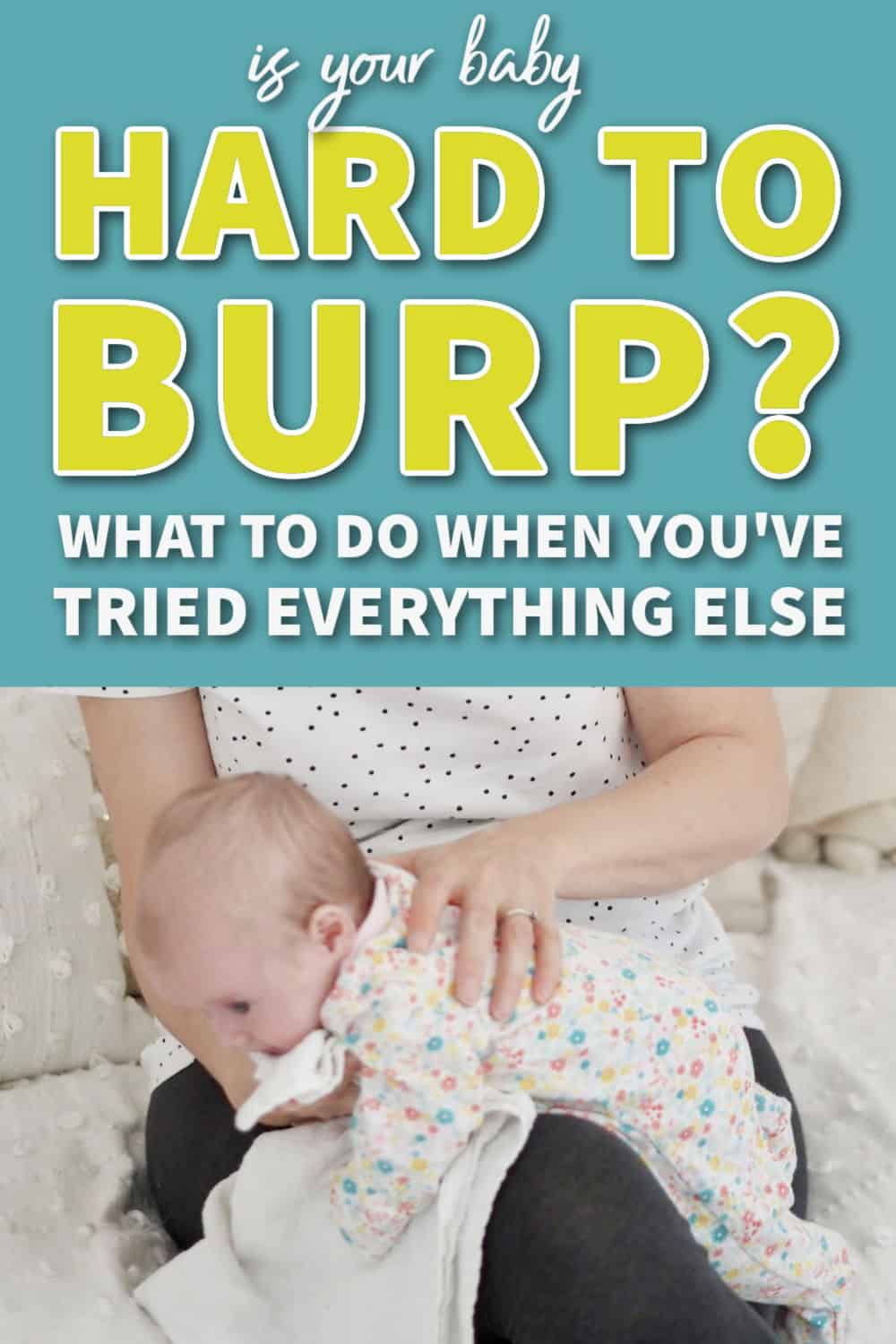If you’re a first-time parent, or about to be, welcome to the rollercoaster ride of parenthood! There are crazy highs and unbelievable lows and every shade in between.
Then there’s all the stuff you have to learn.
I spent plenty of time preparing for labor and delivery and buying all the ‘stuff’, but when it came to learning what to do with a newborn…. errr… I did sweet f all.
I kinda thought a lot of it would just come naturally.
I kinda didn’t give the whole newborn phase, or motherhood in general, nearly enough thought.
Thinking back, this lack of thought was because I was just a tinsy bit terrified.
If you can only envision (or are even experiencing), screaming, pooping, regurgitated milk all over you, patchy to zero sleep and generally a total lack of predictability and normality, fear not. That was me.
You may have figured out the absolute basics (hopefully a little more than which end poops and which end screams) but there will be a whole lot of things you don’t even know that you don’t know.
By the end of this post you should know a little more; tips and info to not only survive the 4th trimester/first 3 months/newborn phase but actually thrive.
Some of these I only discovered second time around, so if you’re a first-time parent you’ll be well ahead of me!
This post contains affiliate links. If you click on one and make a purchase, I may receive a commission at no extra cost to you.
Table of Contents
ToggleHacks to get more sleep with a newborn
I’m going to start with sleep, because quite honestly a well-rested baby and a few decent hours for you is number 1.
If you’re a first-time parent it’s likely you won’t have suffered this type of sleep deprivation before. Starting out these good sleep habits while in the newborn phase will make your whole parenting journey a gazillion times easier.
#1 Practice the ‘pause’
This sounds so simple in practice because it involves you not doing something. Executing it is not always so simple.
That something is rushing to pick baby-up at the slightest murmur, leg kick, cry, opened eyes.
Don’t do it just yet. Pause first.
Don’t assume your newborn is waking up or needs your attention just yet.
The thing is, newborn sleep cycles are very different from our own. We all cycle been light sleep and several stages of deeper sleep, but that’s where the similarity ends.
The important & significant differences between newborn and adult sleep
In the newborn equivalent of REM sleep (when we dream) babies are very physically active, hence this stage is termed ‘active sleep’. By contrast, as adults, our bodies are in temporarily paralysis (thought to prevent us from acting out our dreams).
Baby may thrash about, cry out and vocalize, even open her eyes. This is may not be a sign he or she is waking up, rather in this stage of ‘active sleep’.
Pause.

If you rush in and pick baby up you might wake them up fully when they are not done sleeping.
A newborn also has very short sleep cycles, at around 45 minutes. So will often come into semi-consciousness at this point.
This is a safety mechanism, allowing the brain to check in that all is ok. As adults, we do the same but not nearly as much, because our bodies are more robust.
At this semi-conscious point, your newborn may seem to be waking up.
Again, baby may still need to sleep more.
You need to pause and give baby the chance to settle back to sleep, before potentially disturbing her.
Why is this so important?
The obvious one is that you may inadvertently cut short baby’s sleep needs.
The less obvious one is that you are denying baby the chance to self-settle. I.e. learn to fall back to sleep alone.
This ability to self-settle is fundamental to baby sleeping through the night.
You see, in truth, no baby will sleep through the night without waking (the same goes for adults).
So an undisturbed night for you means two things:
- your baby can make it through without needing a feed
- your baby is able to fall back to sleep unassisted when waking
This is such an important part of the baby sleep puzzle and probably the most important thing for any new parent to understand (hence it’s my #1 newborn hack!)
For more on just how important ‘the pause’ is and more detail on how to execute it, check this post out: Want baby to sleep through the night? Essential learnings from newborn sleep and the ONLY tip you really need
#2 Wake baby up if necessary
In those first few days baby will seem to do nothing but sleep (enjoy it, it probably won’t last!)
When baby starts to spend a little more time awake, you want this to be in the day, not at night.
It makes perfect logical sense that if baby sleeps all day long, they probably won’t be all that tired at night, but rather want to party.

And if baby is sleeping a lot in the day, chances are he or she is not drinking enough milk.
The result is your newborn:
- wakes more often due to hunger
- then isn’t all that tired and is difficult to settle back to sleep
This is totally the opposite of what you want.
Wake baby up to feed
Ignore the old-fashioned myth that you should ‘never wake a sleeping baby’.
Wake baby up if it’s been 3 hours since the last feed.
Once your newborn is showing a healthy weight gain and you’ve had the go-ahead from your pediatrician, continue to wake baby in the day so feeds are at least every 3 hours.
The ‘3 hours’ is from the beginning of one feed to the beginning of the next one. So if baby started a feed at 7 am, finished feeding at 8 am, another feed will be due no later than 10 am.
But let baby wake naturally at night.
This way you are maximizing milk in the day so that at night, baby should start to do longer stretches.
If this does not quickly fix your baby’s day night confusion there are a few other tactics that’ll help, as outlined here: Newborn Sleeps All day? 10 fail-safe tactics to fix day night confusion fast!
Keep an eye on baby’s day sleep
Baby’s grow and develop so fast, so while you may have fixed day night confusion by week 2, you may need to regularly cut back on their day sleep in order for them to sleep well at night.
This means waking baby up if necessary in the day…
While there is no hard and fast rule about exactly how much sleep baby needs, for some guidance check out these baby sleep charts.
#3 Start other good ‘sleep habits’ as soon as you’re home from the hospital
I’ve already mentioned ‘the pause’ – this is number 1 – and waking baby up to feed every 3 hours.
There are a whole bunch of other things you can do to help your baby develop healthy sleep habits. It may sound a bit bonkers to think about these things so soon, but really, the sooner you start the better.
What it means is that you’re encouraging baby to sleep through the night, without having to go through any form of cry-it-out sleep training. (Yes, it’s possible – I speak from experience).
Read all about the other good sleep habits you can start from Day 1 here: How to get your baby to sleep through the night: 10 steps for an awesome nights sleep, no cry-it-out
#4 If breastfeeding, introduce a bottle for one feed every day
The reasons for this are hopefully pretty clear; you get a break from one feed. Make this a night feed and I think you realize where this is going… More sleep for you.
This can be formula or expressed breastmilk – the choice is yours.
What is important is to do it EVERY day and ideally at the SAME TIME every day, so you don’t upset your supply of breastmilk.
To understand the process of milk production and for all the essentials on breastfeeding, check out this post: Newborn Breastfeeding FAQs: The Answers You’re Desperately Searching For!
How this worked for us
From 3 weeks old, both our babies had 1 bottle a day. Having put baby to sleep at 7/8pm, or whenever the magic of some sit-down/sleep/chore or me-time happened, I pumped milk at around 9.30pm and went straight to bed after.
I then left my husband to carry out the ‘dream’ feed (see #5).
If he needed an early night or was away I kept with this routine, pumping and then giving the bottle myself.
Further down the line, the ability of your baby to take a bottle opens a lot of other doors too…you will even be able to go out alone for an hour or so… It may not feel like it now but it can happen.
Wondering when you can start baby on a bottle?
The standard advice seems to be to wait until 4-6 weeks when breastfeeding is established before introducing a bottle. The idea of this is to avoid nipple confusion.
However, so far there has been no scientific evidence to confirm this. This article from Parenting Science cites the research that has attempted to confirm this statement.
I started the occasional bottle feed with both my babies when they were less than 2 weeks old with no problem or any such confusion. They always preferred me and by starting young I had no issues with them refusing the bottle. (I successfully breastfed until my babies were 5 and 9 months respectively, always with at least 1 bottle a day.)
If you do battle to introduce a bottle, check out this post from Worth Writing For: Your Breastfed Baby Won’t Take a Bottle? Here’s What to Do!
#5 Dream feed before you go to bed
A dream feed is when you feed baby, last thing at night right before YOU go to bed.
What you’re effectively doing is shifting baby’s longest stretch of sleep to coincide with when you sleep.
Feed baby without waking her fully (so she’s in a dream-like state) and then pop her right back into bed and then hop into bed yourself. This should delay baby waking through hunger, allowing you a longer stretch of sleep between the time you go to bed and the first night feed…
It’s a very simple concept but can be hard to get it to work, hence this step-by-step post: The Dream Feed: An insanely simple solution to dramatically more sleep

Practical hacks to make new parent life easier
You may have some romantic ideals about life with your newborn, but as any new parent will tell you, they will quickly go out the window on about day… 2?
From then on, you’ll realize that practical is best.
#6 Keep baby clothes simple
Getting a newborn with a floppy head and flailing arms dressed and undressed is an art in itself. You have to do it a lot.
There’s good reason why the standard designs are the most popular: they’re the most practical.
Don’t buy/use matching 2 part sets for a newborn. (If you already have them, and haven’t used them, don’t bother.) They will drive you insane.
Stick to bodysuits/onesies and sleepsuits/one-pieces
Babies can wear the same thing day and night – a different outfit is really not necessary. They sleep a lot in the day anyway, so you want to avoid the undressing and dressing them as much as humanly possible.
So stick to bodysuits/onesies and sleepsuits/one-pieces and layer them up as necessary.
When it comes to sleepsuits/one-pieces there’s a lot of choice…
THESE ARE THE BEST
- the simplest plainest ones with poppers or zips down the front, preferably the symmetrical ones
- ones with handcovers (so you don’t need to bother with mittens)
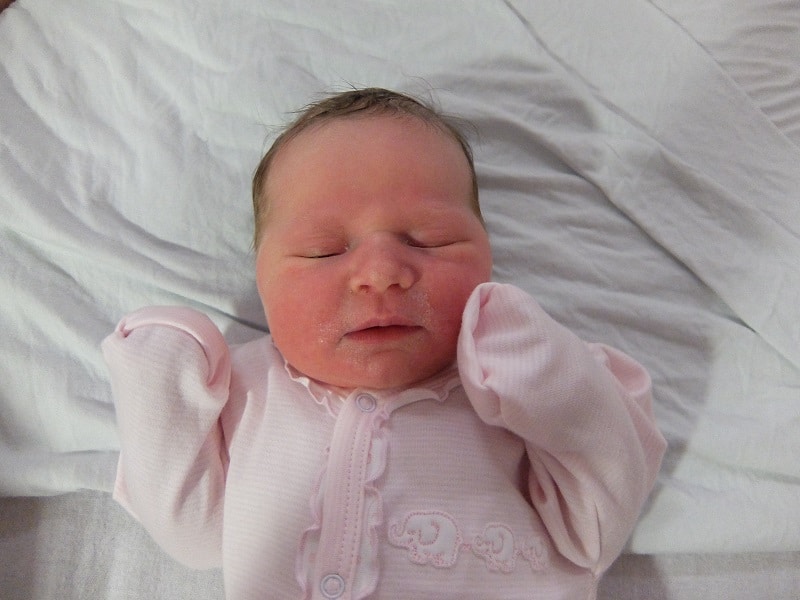
THESE ARE SO-SO
- the asymmetric ones where the zipper is one leg and not the other – it’s too easy to put the wrong leg in first, or start with the poppers at the top, only to find you can’t get one or both legs in… (to be honest I found these ok but my husband always battled with them)
AVOID THESE
- Ones that only do up at the back (seriously, who thought those were a good idea)
- Ones that need to go over baby’s head (bodysuits/onesies go over the head, leave it at that)
When it comes to bodysuits/onesies, this is the most important thing to remember:
The large opening at the top is not only to easily get baby’s head through, it’s so you can take it off by pulling it down… This avoids getting an explosive poop that’s escaped out the back of the diaper, from coming anywhere near baby’s face when undressing.
For more info on dressing your baby for sleep, check out this post: What should a newborn baby wear to sleep in bed at night? Newborn sleepwear de-mystified! Confused about sleepsacks and swaddles? Check out: What’s better: A swaddle or sleep sack for a newborn?
#7 Double up on diaper changing stations
If you’ve got stairs, you want at least one diaper changing station upstairs and one downstairs.
Whether you’re a first-time parent or you’re on round number 5, it doesn’t get any less scary carrying a teeny, tiny one up and down the stairs. You don’t want to have to do this any more than is absolutely necessary.
#8 Have multiple places baby can lie in safety
You’re going to need some hands-free time. Ensuring baby has somewhere to lie in safety and comfort is an absolute must.
Luckily there is a whole heap of baby sleep products on the market, that baby can also happily lie in when awake.
Then are those designed specifically for awake times, that baby can lie on or sit in, all while experiencing some kind of sensory master class.
Don’t be fooled by the clever marketing to first-time parents: your baby does not NEED any of this stuff to develop perfectly happily and normally.
However, there are a few that can certainly make your life a whole lot easier. (I’m quite minimalist when it comes to baby products – really how much does one tiny human need – but there are a few things worth investing in.)
Ideally, have a few baby sleeping/lying/sitting type products. Lots are fairly big and bulky and it’s not ideal to keep having to move them every time you switch rooms. One hand will be carrying baby remember.
Sleep products you can use for baby to sleep in and lie in when awake
A Moses basket
A Moses basket is small and portable – ideal for moving baby easily around the house in, but baby will quickly outgrow.
A Pack ‘n Play/travel cot (US/UK terminology)
Nice and spacious for baby so great when they get a bit older, but big, bulky and a pain in the b*tt to put up and down (it’s definitely a learned skill…)
A sleep nest
Not a sleep positioner, a sleep nest.
A sleep positioner is a big no when it comes to safe sleep. They normally involve a wedge and/or extra padding that you can adjust to put baby in a specific position. The danger being that if any of the padding comes unstuck and baby manages to move from that position there’s a higher chance of SIDS from suffocation. Sleep positioners are also normally too soft; safe sleep guidelines recommend a firm mattress.
A sleep nest is an ergonomically shaped bed made from a firm material, allowing baby to lie in a fetal-like position but still on their back.
These are the ultimate for portability, not just for around the house but for out and about and on holiday.
Please investigate any sleep products very carefully and ensure they meet the safe sleep guidelines. The Lullaby Trust advises against sleep positioners or wedges and recommends that babies sleep “on a firm flat mattress, in a clear cot free of pillows, toys, bumpers and sleep positioners.” Check out their safe sleep product checklist for more details.
Other products for baby to lie on or sit in
A play mat
Loads of sensory stimulation and exploration for your newborn, right from the get-go, baby will enjoy this right through until sitting and crawling.
They’re not that bulky, relatively portable and pack away small.
A baby chair/swing/bouncer
So baby can start to sit a little more upright and get a view of the world around him (but check you can also it from day 1 since lots of them are only appropriate from 8-10+ weeks when baby is able to support his his head and neck properly).


My products of choice
1 – This baby nest from Cocoonababy
I bought this for my daughter who suffered from reflux because she was not comfortable sleeping on her back, as per safe sleep guidelines. It helped her sleep no end. (As such it’s one of my recommended natural reflux remedies).
What I hadn’t considered was how much I’d end up using it in the daytime. For her, it was so much better than lying flat on her back on the playmat I’d used with her older brother.
For portability, you can’t beat it (I used to fold it in half and stuff it in my carry-on when flying so she could sleep/lie-in it whenever it was needed on the journey).
2 – This Baby Bjorn baby bouncer
This was recommended to me at a twin antenatal class and my only regret is that I didn’t get it first or second time around.
You can adjust the angle of the seat so you can lie it flat for a tiny newborn and then sit it up as baby grows. In the upright position, it’s really supportive, unlike the one I had for my first babies which was only useable beyond a certain age.
For when baby’s older, there’s a toy bar you can purchase. The Baby Bjorn bouncer also packs down very slim – you can simply slide it under the sofa when you want to free up space – and isn’t at all garish unlike most baby paraphanalia!
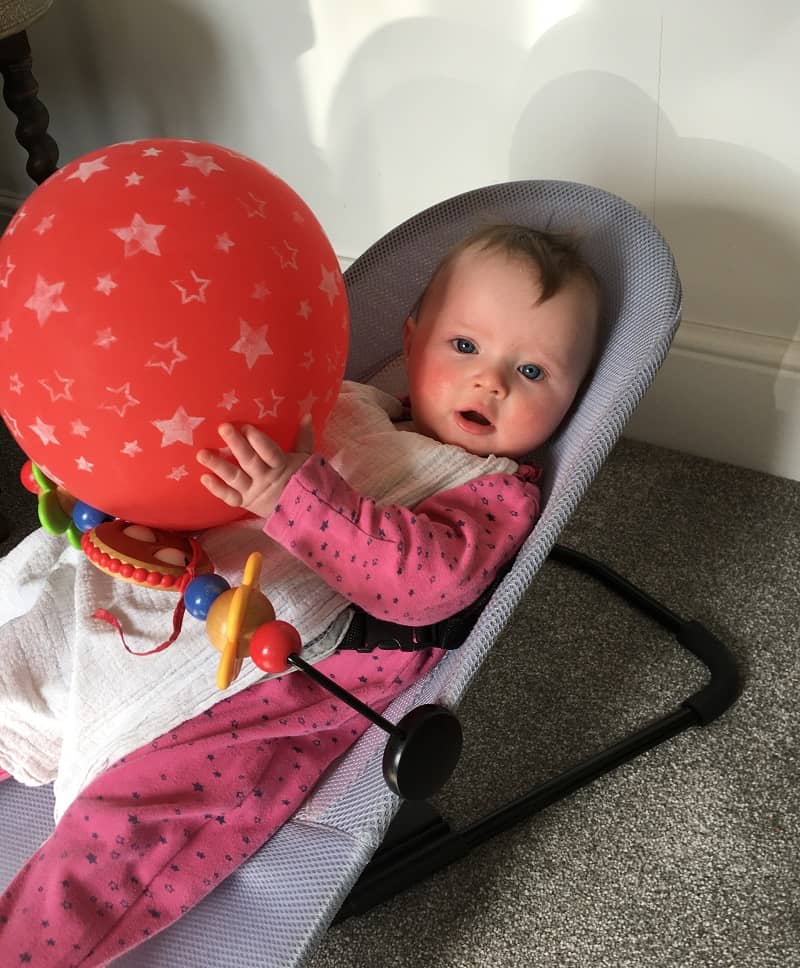
3 – This Baby Einstein 4-in-1Play Gym and Piano Tummy Time Activity Mat
Just like baby bouncers, there’s a ton of choice when it comes to play mats. I love this one from Baby Einstein which can entertain your baby in all sorts of different ways, from when they’re only able to lie on their backs, to when they’re able to toddler around and carry the panio toy around with them (you can fail to replace the batteries when that bit starts to drive you bonkers!)
#9 Invest in a buggy you can fold with one hand
All I can say is Baby Jogger.
All their buggies have a one-hand fold system which I was sold on right away. You can literally fold it with one hand, while holding baby with the other.
I’ve watched other moms battle with their buggies while telling me the whole time how easy it is when you know how…
We’ve also got a hand-me-down Maclaren which is very smart but from a practical point of view the Baby Jogger wins hands down. In addition, it offers a much smoother ride.
Just get a Baby Jogger.
They have a few different models:
EVERYDAY City Mini 2: best if your main use is when in-town/shopping
ALL-TERRAIN City Mini GT2: best all-round buggy (we have the double of this for the twins)
City Select 2: Single To Double Modular Stroller: transforms into a double stroller, can add glider board to carry number 3 and you can buy as a travel system
City Tour 2: the smallest/lightest model so ideal for travel/flights
Summit X3: for use off-road and jogging (this is the one we had for babies one and two – because there was a lot of sand to push through in Africa, not to run with!)
#10 Use a wipeable changing pad
Don’t buy a changing pad with a lovely, pretty, soft cover. You will spend your entire life changing it (which isn’t an easy job itself).
Use one you can wipe clean like this. You can just put a towel on top when the mat is cold or if your baby has a habit of peeing during the nappy change.
#11 Wear your baby
Brilliant for some hands-free time when baby is a bit fussy and not happy to lie alone. Also really helps to keep a baby prone to spit-up and reflux upright after a feed and can also work wonders when trying to settle baby to sleep.
I love this stretchy wrap from Cuddle Bug.
Related post: How To Get Your Newborn Baby To Sleep Without Being Held (To Save Your Arms & Your Sanity!)

#12 Make a ‘burp sheet’ for baby’s cot
This saves you having to change the sheet every time baby has a little bit, or a lotta bit, of spit-up.
Take an old pillow-case, cut around 2 long sides and 1 short one so you have a really long narrow rectangular sheet.
Place it over the mattress where baby’s head will lie, remembering to tuck it in really well so it can’t come loose.
This will save you loads of time and laundry.

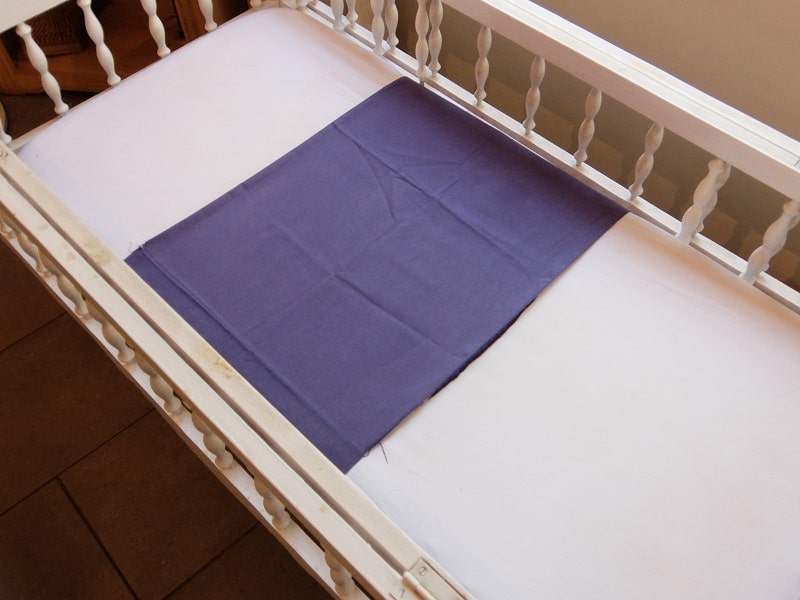
Newborn care hacks
#13 Invest in good quality bibs if baby is prone to spit-up/reflux
Spit-up can get everywhere – in every chubby baby fold and crease if you’re not careful, but most commonly, the neck fold. If milk sits there long enough it’ll irritate your baby’s sensitive skin (however careful you are, it can happen).
If you can find some bibs that make a good seal between babies neck and the bib, this shouldn’t happen.
I used these Comfi-neck bibs from Tommee Tippee. I just have no idea why they only sell them in packs of 2! (I ended up with well over 12 in the end for my reflux baby.)
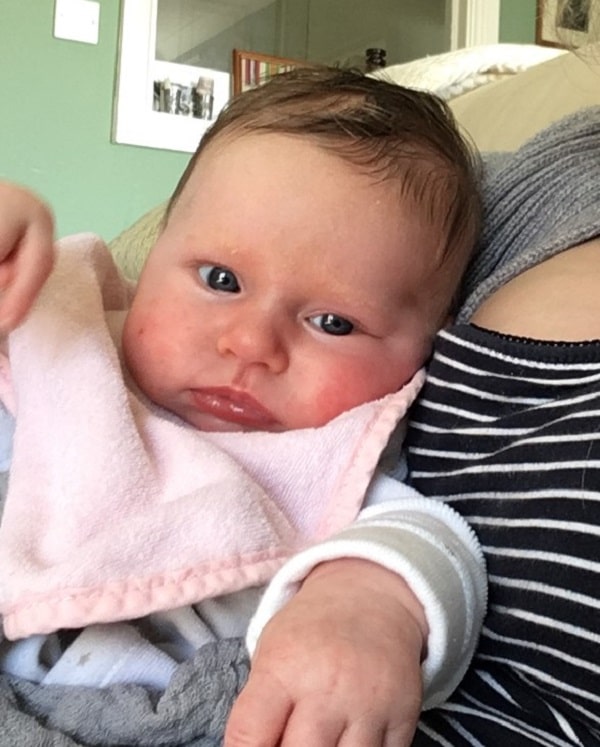
#14 Use Sudocream/Dermocrem from day 1
Prevention is better than cure so slather it on at least once a day, even more so at the tiniest hint of redness.
This recommendation comes off the back of an antenatal class specifically for first-time parents. It was run by an old-school midwife who would not stop banging on about Sudocream or Dermocrem as it’s known in the US (it was a memorable class for a few other reasons too…)
She was quick to point out that the NHS recommendation was only to use it as needed, but that her personal recommendation was to use it every day.
I was totally sold on her spiel – Sudocream works as a barrier cream and as an antiseptic and healing cream. So it will help prevent diaper rash, as well as soothe and heal it.
As new parents we dutily applied it as instructed and only when we ran out for a few days here and there or I tried other creams that either of our babies ever got diaper rash.
#15 Keep baby’s nails short by biting them while feeding
This may not be for everyone, but I did not fancy the idea of using nail clippers on those teeny tiny fingers.
Since the nails of a newborn are so soft, I found it super quick and easy to bite down on one side of the nail and gently ease the tip of the nail off by pulling over to the other side.
Easily done when baby is feeding in the cradle hold; with baby lying in the crook of your left arm, you can easily pick their left hand up with your right one.
Hacks for a fussy newborn
#16 Learn to understand your baby’s cries
No one likes to hear their baby crying and in the beginning, it can take ages to figure out exactly what your baby is trying to communicate to you (is it hunger, tiredness, gas, dirty diaper etc).
You need to become an observer.
If you listen hard, you’ll notice that the cries of your baby are subtly different. By tuning into these cries you will soon be able to join the dots between a certain cry and a particular discomfort or need.
Luckily for us parents, Priscilla Dunstan decoded what she calls the ‘universal language of newborn babies’, which identifies 5 distinct cries or ‘words’ as follows:
- Neh = “I’m hungry”
- Eh = “I need to burp”
- Eair = “I have lower gas pain”
- Heh = “I’m experiencing discomfort”
- Owh = “I’m sleepy”
You can listen to these different cries here:
In addition, is the high-pitched cry
This is far more than a ‘sound’. I’m talking a high-pitched, shrill, ear-piercing cry.
This signals pain, rather than low-level discomfort.
This was the cry of my daughter as a newborn; it’s a key indicator of acid reflux.
The pain is caused by the burning sensation of stomach acids as they spill out of the stomach, or ‘reflux’, onto the sensitive lining of the esophagus.
To help you identify acid reflux, get to the root of the problem and fix it, check out this post on reflux remedies.
More on newborn baby cues here.
#17 Burp baby. A lot.
All babies are naturally gassy. Their digestive systems are underdeveloped and they’re not very good at passing gas without help.
This is why often (but not always), gas has a big part to play in inconsolable crying, colic and even acid reflux.
Burp baby a lot, during and after a feed and try to avoid putting baby down to sleep without a decent number of burps first.
BabyCues advises a minimum of 10 burps per feed for babies 1 to 2 weeks, 10 to 20 burps at 2 to 6 weeks and 15 to 25 at 6 to 12 weeks. You can read more about optimum burping here.
Burp baby effectively
Use movements that put gentle pressure on the abdomen. Rub baby’s back firmly in a circular movement, don’t pat (the thought is that patting breaks down large air bubbles into smaller ones which are harder to pass).
Try something like this:
Look out for ‘wind cues’
BabyCues has identified a total of 6 wind cues, including the ‘windy smile’ (the only one I’d heard of before I came across BabyCues.)
If you can help baby release this trapped wind, before more accumulates you should be able to avoid the colicky crying and fussiness of extreme gas pains.
For more about burping as well as other remedies for gassy babies, check out this post: Got a gassy baby? 16 Common causes & remedies to fix them for good
#18 Try baby probiotics
There are a ton of gas drops available on the market. Try as they might, researchers have so far found zero evidence that any of them work.
Infant-formulated baby probiotics, however, are absolutely worth a try; there’s now scientific backing for their effectiveness.
This article, from The American Academy of Pediatrics, concluded that probiotics are effective in reducing the crying times in babies diagnosed with colic.
They work by improving baby’s gut balance since it’s been found that many newborns have a poor gut flora (too much bad bacteria and not enough good bacteria) resulting in excess gas and gas pains.
You need to look for probiotics which contain L. reuteri DSM 17938, such as this one and this one.
More on colic here: Colic: what is it & is crying really inconsolable? Plus causes & remedies (yes, there ARE some)
More on baby gas and the reason for baby’s poor gut flora here: Got a gassy baby? 16 Common causes & remedies to fix them for good
#19 Don’t be fooled into thinking the Witching Hour is ‘normal’
The Witching Hour is the term used to describe a period in the afternoon/early evening when a newborn is fussy and increasingly difficult to settle.
There is some sort of widespread belief that this is normal and, as a first-time parent, second or third-time parent, we should just soldier on until it passes.
While it’s common for babies to suffer from the Witching Hour, it’s not normal and is completely avoidable or fixable.
This evening fussiness is normally a combination of overtiredness and overstimulation, but is often mistaken for hunger.
Of course, you should be able to tell this because you’ve become a master at understanding your baby’s language, right? (If you skipped ahead, go back and read #15.)
But baby is rooting and wants to suck and that means hunger, right?
Not always.
The rooting reflex can be just as much a cue for comfort as it is hunger.
Feeding baby when hunger is not the cause of distress may initially soothe and calm baby, but it can also cause digestive overload. In turn, this leads to further agitation, fussiness and often a complete meltdown…
Neither you nor your baby need to suffer with a case of the witching hour.
Check out: Got a ‘Witching Hour Baby’ on your hands? 7 steps to end evening fussiness for good and Rooting to suck: is baby really hungry? And why you need to know
Newborn feeding hacks
BOTTLE FEEDING
#20 Experiment with different bottle types/brands before buying a huge supply
There’s a lot of choice when it comes to baby bottles. Different styles of bottle, different shaped teats with varying degrees of softness.
While some babies may be happy with any bottle, others won’t, so you’re going to have to experiment.
I went down the Tommee Tippee route for bottles and accessories (for my 1 bottle a day as per #4) and then I heard about Dr Browns bottles.
These Dr Brown’s bottles suited both my babies much better than the Tommee Tippee ones.
BREASTFEEDING
#21 Apply nipple cream after every breastfeed
Oil up those nipples frequently with a lanolin-based cream.
Do it after every feed from day 1, BEFORE they crack.
This cream went with me everywhere and I religiously put it on after every feed and there was never a crack in sight. A little goes a long way so one tube really should be enough.
#22 Only switch breasts once the first has emptied
This is due to the changing composition of milk as the breast empties.
In a nutshell, the milk at the start of the feed (foremilk) is high in lactose (milk sugar) and low in fats. As the breast empties, the lactose content decreases and fat content increases. So the milk towards the end of the feed (the hindmilk) is low in lactose and high in fat.
You want baby to reach the fattier hindmilk, which will satisfy your newborn’s hunger a little longer.
In addition, too much foremilk may mean baby struggles to digest all the lactose. As a result, some may be left undigested, which instead ferments in the gut and then you’ve got a gassy baby on your hands.
So you need to ensure your breast is completely empty before switching to the other side.
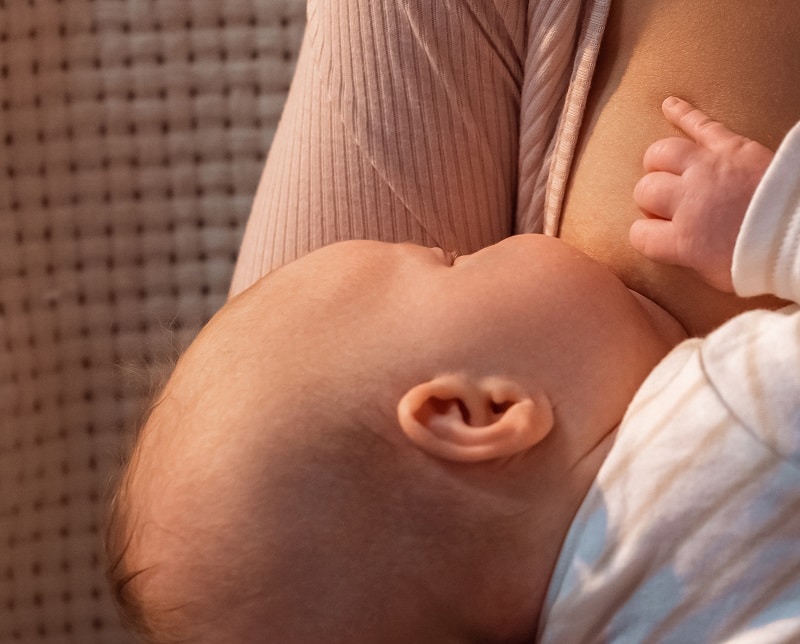
#23 Avoid the serial snacker
This was my firstborn at 3 weeks: feed for 4-5 mins tops, then fall asleep, wake hungry 20 to 40 minutes later, feed 2 minutes, fall asleep. And so on… day and night.
I quickly became exhausted.
To avoid a serial snacker you want to encourage longer sucking time each day. So a few minutes extra from one day to the next, until you reach intervals of 2-3 hours (or at least more than 20 minutes).
Wake your sleepy newborn if you need to.
If you then fancy going down a more structured newborn sleep and feeding schedule, you’ll be ready to start.
For a bit more detail on these last two and to learn the other 3 rules for successful breastfeeding, check out this post: Newborn Breastfeeding: The 5 Golden Rules For Success From The Start
#24 Try a Haakaa
A Haakaa is a milk collector that allows you to build up a decent stash of milk every time you feed baby, by doing virtually nothing. (For your one bottle a day, as per #4, or whatever.)
You just squeeze the air out of it and let it sucker to your free breast.
Once your milk starts to flow (this may happen because you’re feeding from your other breast or you may need to manually stimulate your milk to let-down), the Haakaa both collects the milk and keeps it flowing.
It can take a bit of practice. Check out this post from Laptops and Naptimes for more on how to use a Haakaa.
For commonly asked questions on all things breastfeeding, check out this post: Newborn Breastfeeding FAQs: The Answers You’re Desperately Searching For
In Summary
Hopefully, that’s got you a bit more clued up when it comes to life with a newborn. Should be a tiny bit less that you don’t know yet!
If nothing else, remember my number newborn hack, sure to set you on the right path to healthy sleep habits for your baby:
The ‘Pause’!
Good luck!
Got any newborn hacks you want to share? Be sure to let me know in the comments.
Other posts you may find helpful if you are, or are about to become, a first time mom:
- Newborns first bath: how to sponge bathe a newborn baby girl or boy with umbilical cord still attached
- How to tub bathe a newborn step-by-step & plus baby bath tips for fun, stress-free bathing
- How to help a newborn poop instantly! 11 tried & tested ways to relieve poopy struggles
- How to get your newborn to sleep in a bassinet instead of your arms with 12 different tactics
- 18 Best Blackout Shades/Curtains For Baby’s Nursery (2022 UPDATE)
- 37 easy tips to help your newborn adjust to the world (for a calm, happy baby)
- 25 best ideas on how to organize baby’s closet, to keep it neat and looking cute



